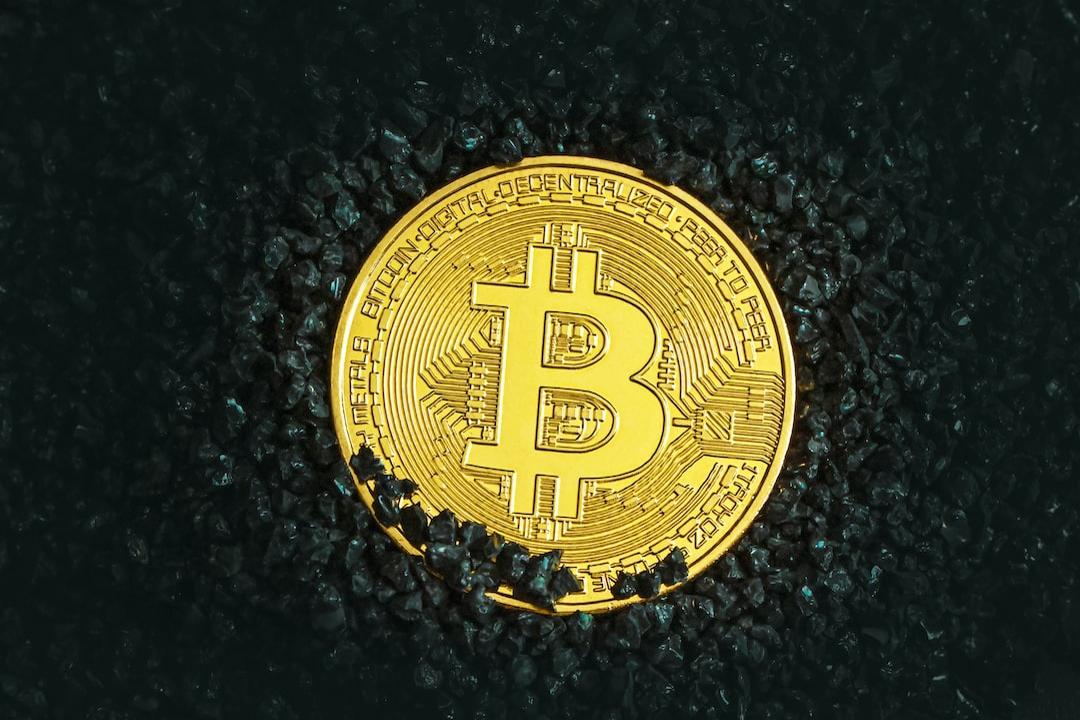Bitcoin has been struggling to maintain prices above $95,000 since December 28, with a decline in demand for leveraged positions. During this period, bulls faced $470 million in liquidations, while bears showed reduced appetites, especially as Bitcoin tested levels below $92,000.
The total number of contracts across all Bitcoin futures markets, known as open interest, has dropped to its lowest level in two months. While bears have gained the upper hand in the short term, their diminished appetite suggests limited downside potential for Bitcoin’s price.
Bitcoin futures open interest reached its peak at BTC 668,100 on December 20, 2024, but 11% of those positions have since been closed. The current level of BTC 595,700 is the lowest since November 4, though this does not necessarily indicate a defeat for the bulls.
The futures premium, which indicates which side is demanding more leverage, provides a clearer picture. Normally, monthly contracts show a 5% to 10% annualized premium, and premiums above that range signal stronger bullish sentiment.
On December 28, the 1-month BTC futures premium briefly approached neutral levels at 9.5%, but quickly rebounded above the 10% threshold. The premium currently stands at 15%, the highest since December 20, 2024, indicating continued conviction from the bulls despite recent weakness in the Bitcoin price.
Remarks from United States Treasury Secretary Janet Yellen provided optimism for Bitcoin buyers. Yellen wrote to congressional leaders on December 27, 2024, warning that the federal government could hit its debt limit as early as January 14 unless action is taken by Congress or the Treasury Department.
House Speaker Mike Johnson further complicated the situation by stating that a $1.5 trillion debt limit increase through reconciliation would only be possible if paired with $2.5 trillion in “net mandatory spending” cuts. Reduced government spending typically has a negative impact on the stock market and causes traders to adopt a more risk-averse stance.
The potential fiscal standoff presents both bullish and bearish implications for Bitcoin investors. While short-term uncertainty may reduce investors’ risk appetite, analysts suggest that the $105 billion in Bitcoin exchange-traded funds (ETFs) has helped establish the cryptocurrency as an alternative hedge.
Perpetual futures contracts also serve as an indicator of retail traders’ risk appetites. Exchanges adjust the funding rate based on the leverage demand imbalance. In neutral markets, buyers typically pay a monthly fee of 0.4% to 1.8%, with rates exceeding this range signaling increased bullish sentiment.
The current monthly funding rate of 1.3% is the highest in over two weeks, although it remains within the neutral range. As a result, Bitcoin derivatives metrics have improved, even as open interest has declined. This suggests that Bitcoin bears are not confident in adding positions below $95,000, which provides a positive outlook for the price.
This article is for general information purposes and should not be taken as legal or investment advice. The views expressed here are the author’s alone and do not necessarily reflect the views of Cointelegraph.

